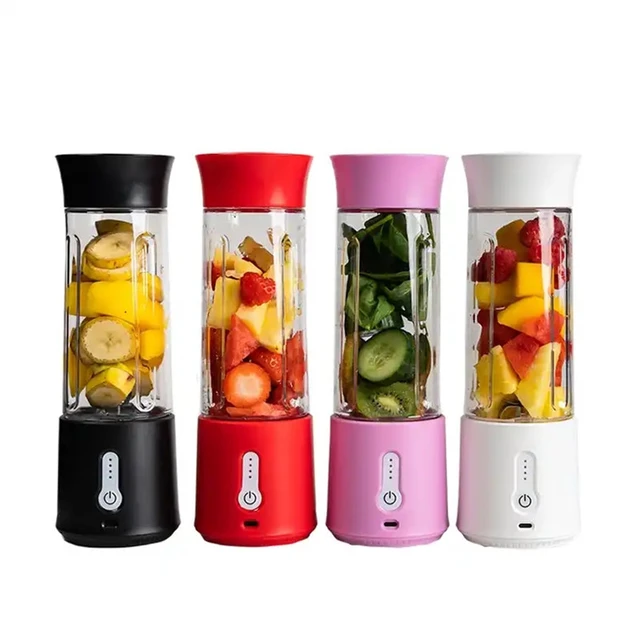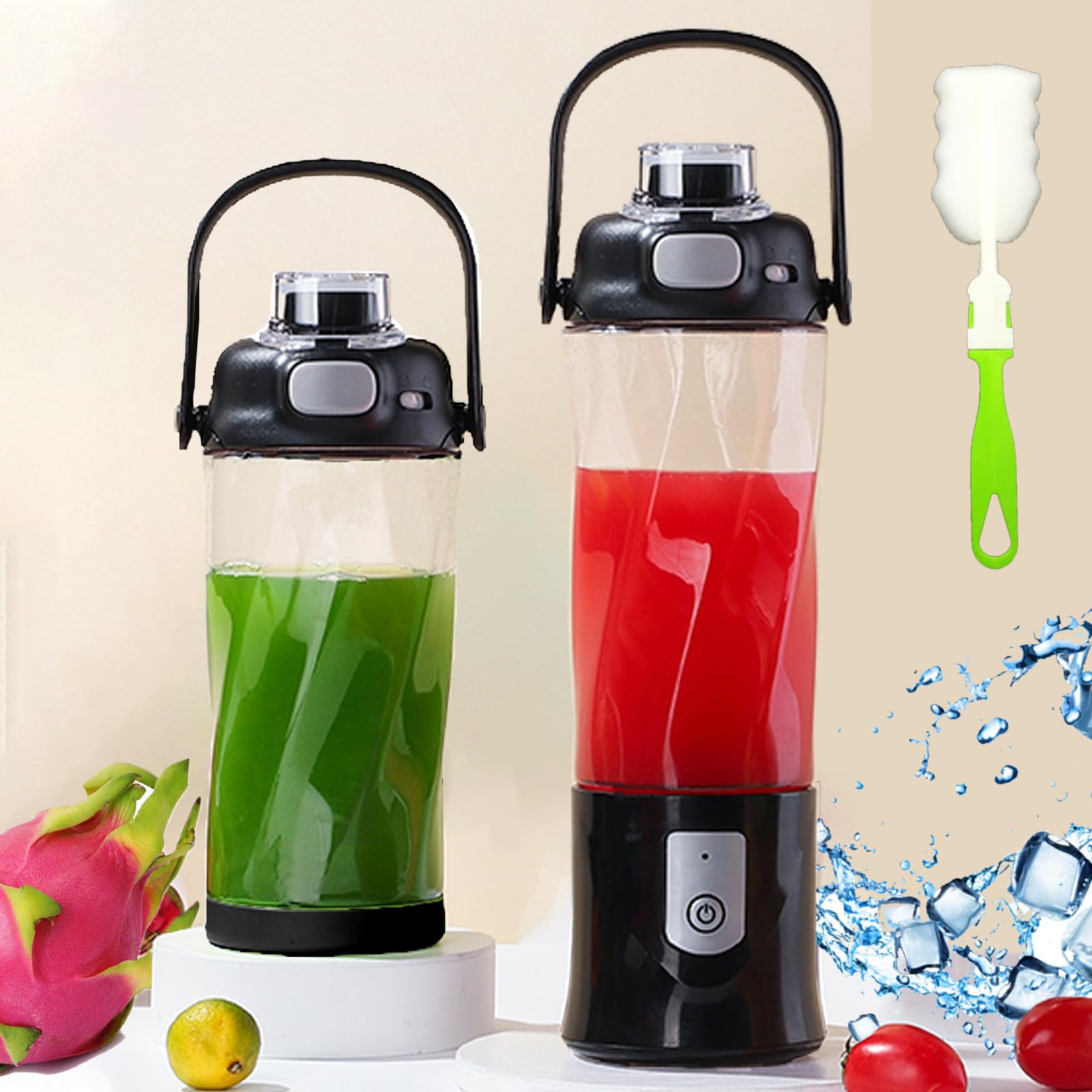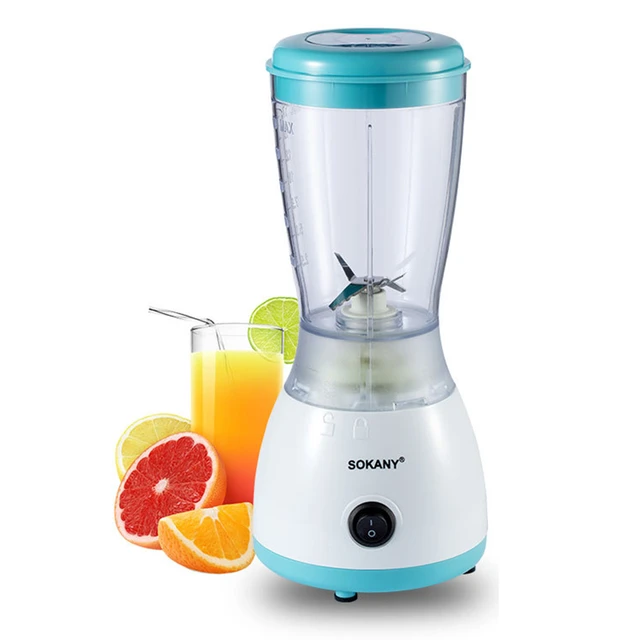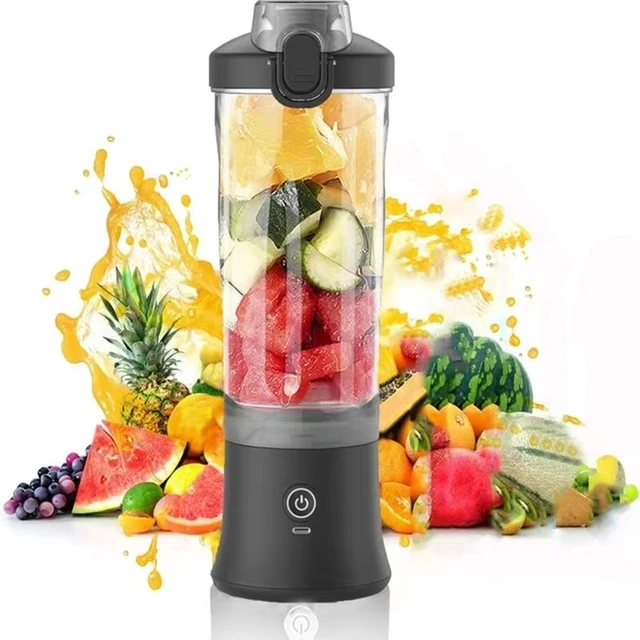
Introduction
If your Ninja blender keeps shutting off during operation, it can be frustrating and hinder your blending tasks. Understanding the possible causes behind this issue is crucial in troubleshooting and resolving it effectively. In this guide, we will explore the common factors that can cause a Ninja blender to shut off and provide specific steps to address the problem, allowing you to enjoy uninterrupted blending sessions.

Why does my Ninja blender keep shutting off?
Overheating and Overload Protection
1.1. Overloading the Blender
One common reason for a Ninja blender to shut off is overloading the blending container with excessive ingredients. When the blender is overwhelmed with a heavy load, it may activate the overload protection feature to prevent motor overheating and damage. This protection mechanism automatically shuts off the blender to avoid potential hazards.
1.2. Reducing the Load
To address this issue, remove some ingredients from the blending container to reduce the load. Check the manufacturer’s guidelines for the recommended maximum capacity of your specific Ninja blender model. Avoid exceeding this capacity to ensure proper operation.
1.3. Allow for Cooling Down
If the overload protection is activated, the blender may need time to cool down before it can be operated again. Unplug the blender and allow it to sit for approximately 15 to 30 minutes. Once the motor has cooled, you can restart the blender.
Electrical Issues and Power Source
2.1. Power Source Stability
An unstable or insufficient power source can cause a Ninja blender to shut off intermittently during operation. Verify that your blender is connected to a stable power outlet and that there are no issues with the electrical circuit. Consider using a different outlet to ensure a steady power supply.
2.2. Check the Power Cord
Inspect the power cord of your blender for any visible signs of damage, such as fraying or exposed wires. Damaged cords can disrupt the electrical connection and cause the blender to shut off. If necessary, replace the power cord or consult Ninja customer support for guidance.

Assembly and Safety Features
3.1. Proper Assembly
Ensure that all parts of the blender are assembled correctly and securely. Misaligned or improperly attached components can trigger safety mechanisms, causing the blender to shut off. Start by reviewing the user manual for the correct assembly instructions and alignment.
3.2. Safety Locks and Latches
Ninja blenders are equipped with safety features such as locks and latches that must be engaged properly for the blender to operate. Verify that all safety locks and latches on your blender are functioning correctly and fully engaged. Any misalignment or incomplete engagement can cause the blender to shut off.

Resetting the Blender
4.1. System Malfunctions
Occasionally, system malfunctions or error codes can cause a Ninja blender to shut off repeatedly. Resetting the blender can address certain malfunctions and allow it to function correctly. The resetting process may vary depending on your specific Ninja blender model.
4.2. Unplug the Blender
Start by unplugging the blender from the power source and ensure it is turned off.
4.3. Reset Combination
Refer to the user manual or contact Ninja customer support for assistance in identifying the specific reset combination for your model. This typically involves a combination of button or switch presses and may vary from model to model.
4.4. Plug In and Restart
After performing the reset, plug in the blender, ensure it is securely connected, and check that all safety features are properly engaged. Restart the blender and observe if it continues to shut off.

Inspecting and Cleaning Components
5.1. Blocked Blades or Jammed Motor
Check the blending container for any obstructions or blockages that may be causing the blender to shut off. Food debris, such as seeds or sticky residue, can jam the blades or obstruct the motor, triggering a shutdown. Disassemble the blender and inspect the blender blades, the coupling at the base of the container, and the drive socket on the blender base. Remove any debris or blockage using a soft brush or cloth.
5.2. Clean Lid Components and Sensors
A dirty or misaligned lid component or sensor can trigger the blender to shut off. Remove the blender lid and examine its components, such as the sealing ring or gasket. Clean these components thoroughly and ensure they are properly seated. Wipe down any lid sensors with a damp cloth to remove any dirt, debris, or food particles that may interfere with their functioning.
Safety Precautions and User Guidelines
6.1. Automatic Safety Shut-Off
Some Ninja blender models have an automatic safety shut-off feature that activates after prolonged use or when certain conditions are met. This feature prevents overheating, motor damage, or electrical hazards. Refer to the user manual or contact Ninja customer support to understand if your model has this feature and its specific conditions and timing.
6.2. Continuous Use and Rest Periods
To prevent overheating and improve the longevity of your Ninja blender, adhere to the recommended usage guidelines provided by the manufacturer. Allow the blender to rest periodically, especially when using it for extended periods. Follow the user manual’s instructions for rest periods to prevent the motor from overheating and triggering automatic shut-off.
Contacting Ninja Customer Support
If you have attempted the troubleshooting steps outlined above, but your Ninja blender continues to shut off unexpectedly, it may be necessary to contact Ninja customer support or a certified technician. They can provide further guidance or facilitate any necessary repairs. Be prepared to provide model details, a description of the issue, and any error messages or blinking patterns observed.
Motor Overheating and Ventilation
8.1. Ventilation and Airflow
A Ninja blender may shut off if the motor overheats due to inadequate ventilation or restricted airflow. Check that the blender is not placed near heat sources, such as stoves or direct sunlight, as this can contribute to overheating. Ensure that the vents on the blender base are clear of any obstructions, allowing proper airflow.
8.2. Operating Time and Rest Periods
Extended use of the blender without giving it sufficient rest periods can lead to motor overheating and subsequent shutdown. Adhere to the recommended operating time and rest periods provided in the user manual. If you frequently use the blender for longer durations, consider breaking up your blending tasks into shorter intervals with planned rest periods to prevent overheating.
Faulty Motor or Internal Components
9.1. Manufacturer Defects
In rare cases, a Ninja blender may experience recurring shutdown issues due to faulty internal components or a defective motor. If you have exhausted all other troubleshooting steps to no avail, contact Ninja customer support or the retailer from which you purchased the blender for further assistance, warranty information, or potential replacement.

Conclusion
Dealing with a Ninja blender that keeps shutting off can be frustrating, but with the appropriate troubleshooting steps, you can resolve the issue and enjoy uninterrupted blending. Remember to check the load, power source stability, assembly, safety features, and cleanliness of the blender’s components. Resetting the blender and inspecting for any obstructions or blockages are important steps as well. Adhering to safety precautions and user guidelines can help prevent repetitive shut-off incidents. If the problem persists, contact Ninja customer support for additional assistance. By following these steps and seeking proper support when needed, you can ensure smooth and reliable operation of your Ninja blender.